Plantfit
Log in / Register
Existing customer?
New customer?
Create an account to track your orders, access our customer service and, if you wish, make the most of our upcoming offers.
My Account
Hello
Shipping country and language
Your country of residence may be:
For a better user experience on our website, you can select:
Your shipping country:
Andorra
Austria
Belgium
Bulgaria
Croatia
Czechia
Denmark
Estonia
Finland
France
Germany
Greece
Hungary
Iceland
Ireland
Italy
Latvia
Lithuania
Luxembourg
Monaco
Netherlands
Poland
Portugal
Romania
Slovakia
Slovenia
Spain
Sweden
Switzerland
Language:
French
English
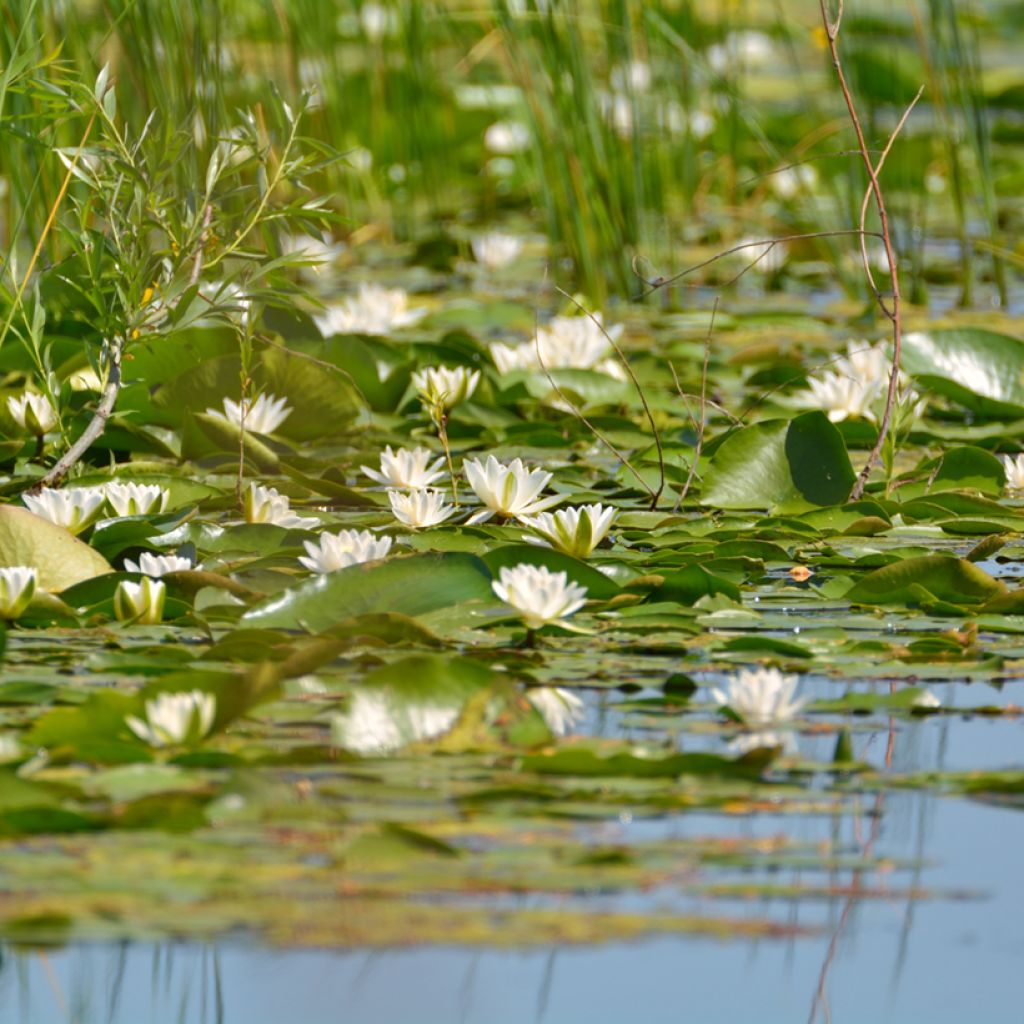

Nymphaea candida
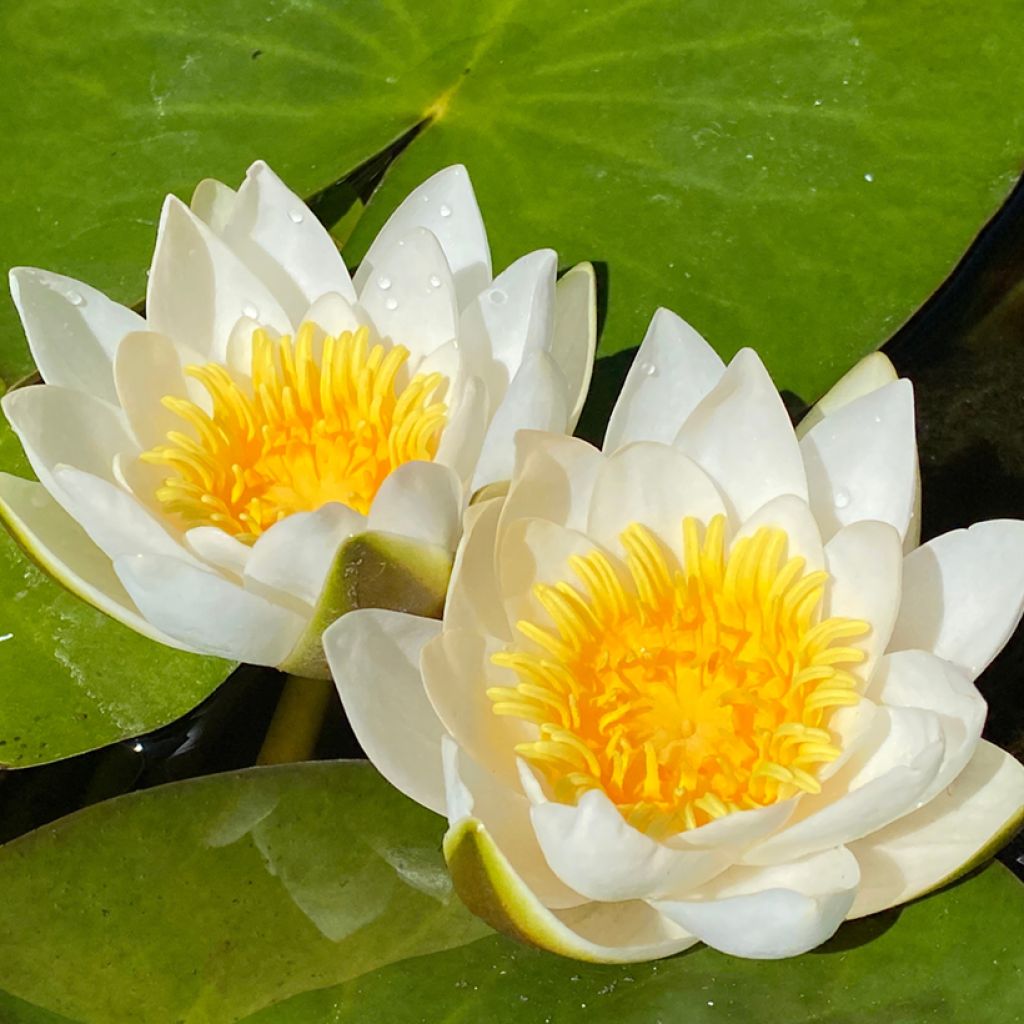

Nymphaea candida
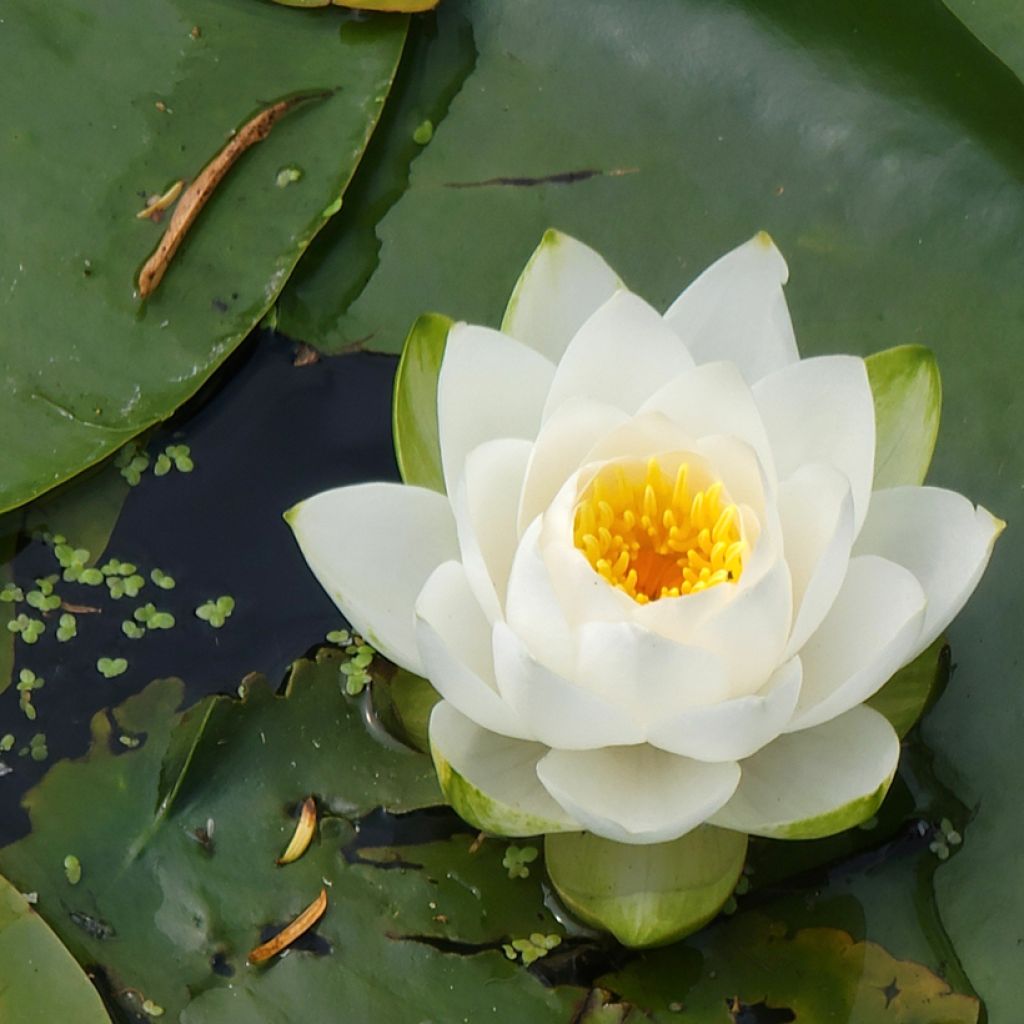

Nymphaea candida
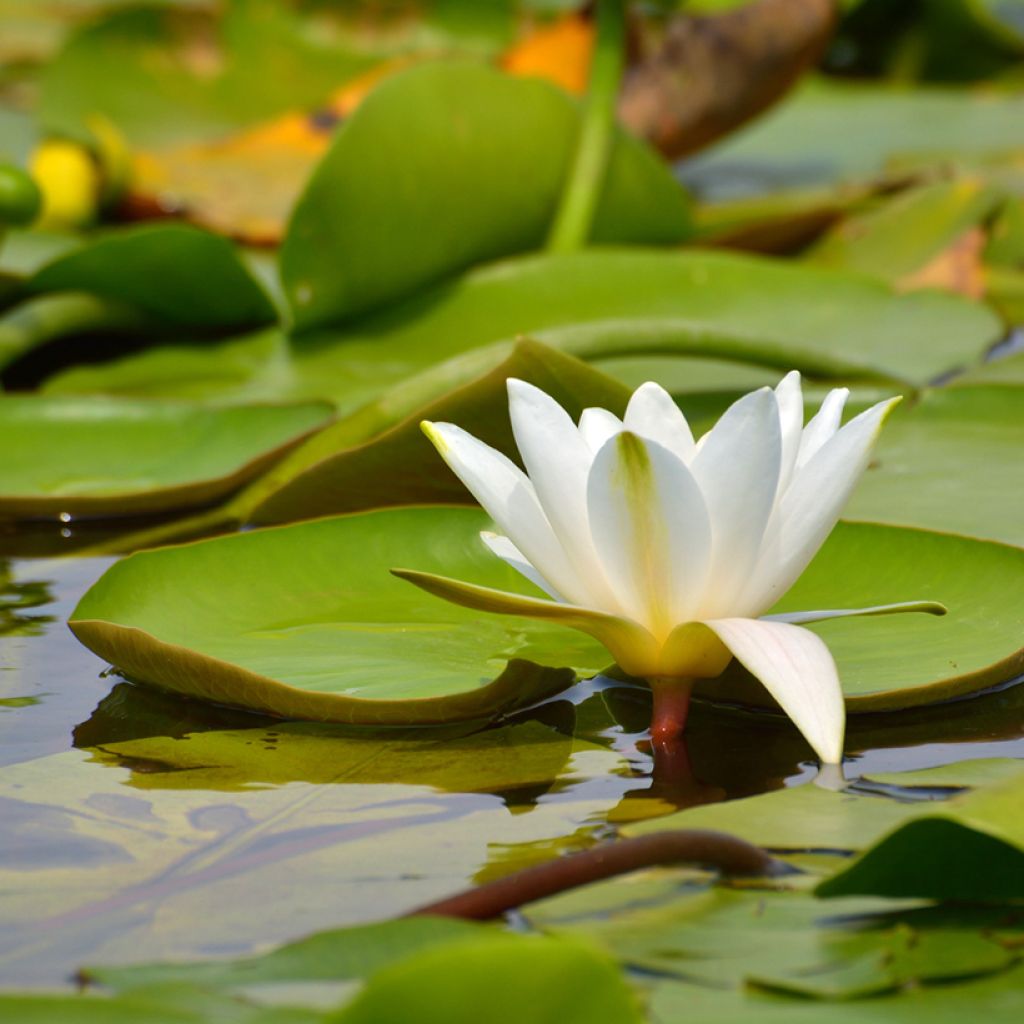

Nymphaea candida
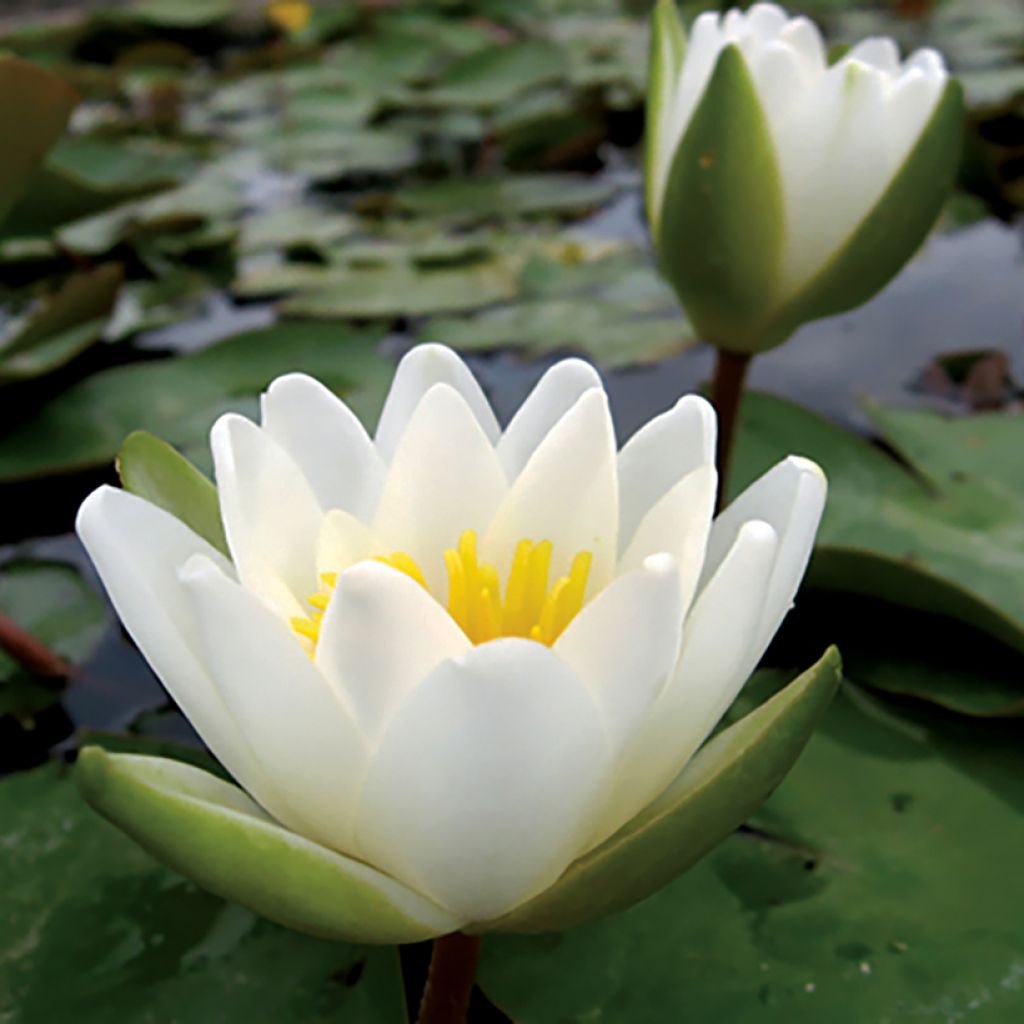

Nymphaea candida
Nymphaea candida
Nymphaea candida
White Water Lily, European White Waterlily
Order in the next for dispatch today!
Dispatch by letter from €3.90.
Delivery charge from €5.90 Oversize package delivery charge from €6.90.
More information
This item is not available in your country.
Select delivery date,
and select date in basket
This plant carries a 12 months recovery warranty
More information
We guarantee the quality of our plants for a full growing cycle, and will replace at our expense any plant that fails to recover under normal climatic and planting conditions.
From €5.90 for pickup delivery and €6.90 for home delivery
Express home delivery from €8.90.
Does this plant fit my garden?
Set up your Plantfit profile →
Description
Nymphaea candida, also known as Shining Water Lily, is a small botanical water lily also called Bohemian Water Lily. This Eurasian wild species is hardy and produces elegant white flowers in their simplicity, although they are of medium size. The plant is very floriferous and prefers fresh water. Its modest growth is perfectly suited to small ponds, basins, containers, and barrels on the terrace. Plant its rhizome 20 to 50cm below the surface, in the sun.
Nymphaea candida, sometimes called the "boreal white water lily," belongs to the family Nymphaeaceae, like all water lilies. Its distribution range covers a large part of Eurasia. It is found in calm waters (lakes, ponds, pools, marshes, streams), and shallow waters. It is an aquatic perennial with a stoloniferous and unbranched rhizome. Its growth is quite slow, spreading over 80cm to just over 1m in the long run. The leaves are well gathered near the base, measuring 9 to 19cm in diameter. They are floating or submerged, round, split, strongly veined when ripe. The young leaves are spotted with purple, then they turn green. The solitary flowers, slightly emergent, measure between 10 and 12cm in diameter. Each one is composed of 4 sepals and 12 to 24 white oval and pointed petals, with those on the outside being shorter than those towards the centre of the corolla. The centre is occupied by 30 to 70 yellow-orange stamens. The flowering is renewed from June to August. The flowers open during the day, in the sun, and close in the evening. The flowering is followed by the formation of fruits containing numerous seeds. The fruit ripens underwater and releases floating seeds that will eventually sink and germinate in the mud.
Choose easy and floriferous varieties, especially those that are proportionate to your pond. With their perfectly shaped flowers, Water Lilies are among the most beautiful perennial pond plants. Most of them bloom for long weeks, until early autumn. The water lily is an essential aquatic plant for the proper balance of a garden pond, as it contributes to the oxygenation of the water. Its leaves floating on the water's surface will provide shade and shelter for your fish, which in return will protect them from predatory insects such as aphids.
The genus name comes from the Greek nymphaia and the Latin name nymphaea, which means "water lily." They were inspired by the nymphs of Greek and Latin mythology. Nymphaea bears flowers that are sometimes diurnal, sometimes nocturnal, and occasionally fragrant.
Nymphaea candida in pictures


Flowering
Foliage
Plant habit
Botanical data
Nymphaea
candida
Nymphaeaceae
White Water Lily, European White Waterlily
Central Europe
Planting and care
The rhizome of the aquatic plant must be planted from March to June at a depth of 20 to 50cm. It must not freeze in winter. This species prefers neutral to acidic waters. Plant the rhizomes of hardy aquatic plants in good garden soil, rich in clay or silt, and free of stones (never use horticultural compost, as it is too rich and promotes the growth of algae). Give them the sunniest spot in the water feature. Space each rhizome at least 1m apart and plant them by inserting them vertically into the soil up to the collar. In the case of a natural water feature (pond or lake), make sure the water level remains fairly stable.
The rhizomes can be planted in a wicker basket or a fine mesh basket that is sunk in the desired location. For classic hardy water lilies, use a pot with a diameter of 40cm (wider than it is tall). If the bottom is muddy, simply attach a stone to the rhizome and throw the whole thing to the desired location. Never leave the rhizomes of Nymphaea exposed to the sun or air to prevent them from drying out; plant them as soon as you receive or purchase them.
If you have fish in your pond, it is advisable to spread a layer of coarse gravel on the surface of the planted pot to deter them from digging into the soil and thus fouling the water. The development of water lilies will be optimal if they are planted in containers suitable for their growth.
Water lilies are hungry plants: distribute a balanced slow-release fertilizer at planting, and then every year at the beginning of the growing season (for example: Osmocote 10-11-18-2 with a duration of 5-6 months). During the summer, remove excessive leaves that grow in the center of the clump, leaving only the most vigorous ones. Also remove any yellowed or stained leaves, as well as emerging aquatic "weeds".
Planting period
Intended location
Care
This item has not been reviewed yet - be the first to leave a review about it.
Aquatic plants
Haven't found what you were looking for?
Hardiness is the lowest winter temperature a plant can endure without suffering serious damage or even dying. However, hardiness is affected by location (a sheltered area, such as a patio), protection (winter cover) and soil type (hardiness is improved by well-drained soil).

Photo Sharing Terms & Conditions
In order to encourage gardeners to interact and share their experiences, Promesse de fleurs offers various media enabling content to be uploaded onto its Site - in particular via the ‘Photo sharing’ module.
The User agrees to refrain from:
- Posting any content that is illegal, prejudicial, insulting, racist, inciteful to hatred, revisionist, contrary to public decency, that infringes on privacy or on the privacy rights of third parties, in particular the publicity rights of persons and goods, intellectual property rights, or the right to privacy.
- Submitting content on behalf of a third party;
- Impersonate the identity of a third party and/or publish any personal information about a third party;
In general, the User undertakes to refrain from any unethical behaviour.
All Content (in particular text, comments, files, images, photos, videos, creative works, etc.), which may be subject to property or intellectual property rights, image or other private rights, shall remain the property of the User, subject to the limited rights granted by the terms of the licence granted by Promesse de fleurs as stated below. Users are at liberty to publish or not to publish such Content on the Site, notably via the ‘Photo Sharing’ facility, and accept that this Content shall be made public and freely accessible, notably on the Internet.
Users further acknowledge, undertake to have ,and guarantee that they hold all necessary rights and permissions to publish such material on the Site, in particular with regard to the legislation in force pertaining to any privacy, property, intellectual property, image, or contractual rights, or rights of any other nature. By publishing such Content on the Site, Users acknowledge accepting full liability as publishers of the Content within the meaning of the law, and grant Promesse de fleurs, free of charge, an inclusive, worldwide licence for the said Content for the entire duration of its publication, including all reproduction, representation, up/downloading, displaying, performing, transmission, and storage rights.
Users also grant permission for their name to be linked to the Content and accept that this link may not always be made available.
By engaging in posting material, Users consent to their Content becoming automatically accessible on the Internet, in particular on other sites and/or blogs and/or web pages of the Promesse de fleurs site, including in particular social pages and the Promesse de fleurs catalogue.
Users may secure the removal of entrusted content free of charge by issuing a simple request via our contact form.
The flowering period indicated on our website applies to countries and regions located in USDA zone 8 (France, the United Kingdom, Ireland, the Netherlands, etc.)
It will vary according to where you live:
- In zones 9 to 10 (Italy, Spain, Greece, etc.), flowering will occur about 2 to 4 weeks earlier.
- In zones 6 to 7 (Germany, Poland, Slovenia, and lower mountainous regions), flowering will be delayed by 2 to 3 weeks.
- In zone 5 (Central Europe, Scandinavia), blooming will be delayed by 3 to 5 weeks.
In temperate climates, pruning of spring-flowering shrubs (forsythia, spireas, etc.) should be done just after flowering.
Pruning of summer-flowering shrubs (Indian Lilac, Perovskia, etc.) can be done in winter or spring.
In cold regions as well as with frost-sensitive plants, avoid pruning too early when severe frosts may still occur.
The planting period indicated on our website applies to countries and regions located in USDA zone 8 (France, United Kingdom, Ireland, Netherlands).
It will vary according to where you live:
- In Mediterranean zones (Marseille, Madrid, Milan, etc.), autumn and winter are the best planting periods.
- In continental zones (Strasbourg, Munich, Vienna, etc.), delay planting by 2 to 3 weeks in spring and bring it forward by 2 to 4 weeks in autumn.
- In mountainous regions (the Alps, Pyrenees, Carpathians, etc.), it is best to plant in late spring (May-June) or late summer (August-September).
The harvesting period indicated on our website applies to countries and regions in USDA zone 8 (France, England, Ireland, the Netherlands).
In colder areas (Scandinavia, Poland, Austria...) fruit and vegetable harvests are likely to be delayed by 3-4 weeks.
In warmer areas (Italy, Spain, Greece, etc.), harvesting will probably take place earlier, depending on weather conditions.
The sowing periods indicated on our website apply to countries and regions within USDA Zone 8 (France, UK, Ireland, Netherlands).
In colder areas (Scandinavia, Poland, Austria...), delay any outdoor sowing by 3-4 weeks, or sow under glass.
In warmer climes (Italy, Spain, Greece, etc.), bring outdoor sowing forward by a few weeks.